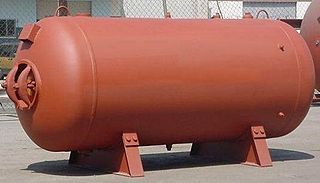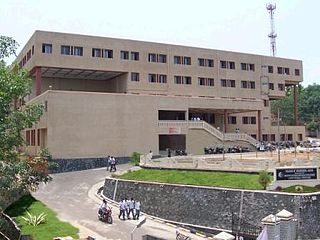 ASME (American Society of Mechanical Engineers) logo | |
| Formation | 1880 |
|---|---|
| Type | not-for-profit membership organization |
| Headquarters | New York City, U.S. |
| Location |
|
Region served | Worldwide |
Membership | 110,000+ in over 150 countries |
Official language | English |
President | Said Jahanmir |
Immediate Past President | Charla K. Wise |
Executive Director [1] | Thomas Costabile |
| Affiliations | AIChE Engineering for Change |
| Website | www |
The American Society of Mechanical Engineers (ASME) is an American professional association that, in its own words, "promotes the art, science, and practice of multidisciplinary engineering and allied sciences around the globe" via "continuing education, training and professional development, codes and standards, research, conferences and publications, government relations, and other forms of outreach." [2] ASME is thus an engineering society, a standards organization, a research and development organization, an advocacy organization [3] , a provider of training and education, and a nonprofit organization. Founded as an engineering society focused on mechanical engineering in North America, ASME is today multidisciplinary and global.
A professional association seeks to further a particular profession, the interests of individuals engaged in that profession and the public interest. In the United States, such an association is typically a nonprofit organization for tax purposes.
Continuing education is an all-encompassing term within a broad list of post-secondary learning activities and programs. The term is used mainly in the United States and Canada.
Professional development is learning to earn or maintain professional credentials such as academic degrees to formal coursework, attending conferences, and informal learning opportunities situated in practice. It has been described as intensive and collaborative, ideally incorporating an evaluative stage. There are a variety of approaches to professional development, including consultation, coaching, communities of practice, lesson study, mentoring, reflective supervision and technical assistance.
Contents
- ASME codes and standards
- ASME boiler and pressure vessel code (BPVC)
- Other notable standardization areas
- Society awards
- ASME Fellows
- ASME E-Fests
- Student competitions
- Organization
- Controversy
- See also
- References
- Further reading
- External links
ASME has over 110,000 members in more than 150 countries worldwide. [4] [5]
ASME was founded in 1880 by Alexander Lyman Holley, Henry Rossiter Worthington, John Edison Sweet and Matthias N. Forney in response to numerous steam boiler pressure vessel failures. [6] Known for setting codes and standards for mechanical devices, ASME conducts one of the world's largest technical publishing operations, [7] holds numerous technical conferences and hundreds of professional development courses each year, and sponsors numerous outreach and educational programs.

Alexander Lyman Holley was an American mechanical engineer, inventor, and founding member of the American Society of Mechanical Engineers (ASME). He was considered the foremost steel and plant engineer and designer of his time, especially in regard to applying research to modern steel manufacturing processes.

Henry Rossiter Worthington was an American mechanical engineer, inventor, industrialist and founder of the American Society of Mechanical Engineers in 1880.

Matthias Nace Forney was an American steam locomotive designer and builder. He is most well known for the design of the Forney type locomotive. Locomotives that he designed served the elevated railroads of New York City for many years before that system converted to electric power. One example of a Forney 0-4-4T locomotive built in 1902 by Baldwin Locomotive Works has been restored for daily operations on the Disneyland Railroad in Anaheim, California, as the railroad's number 5, Ward Kimball.







